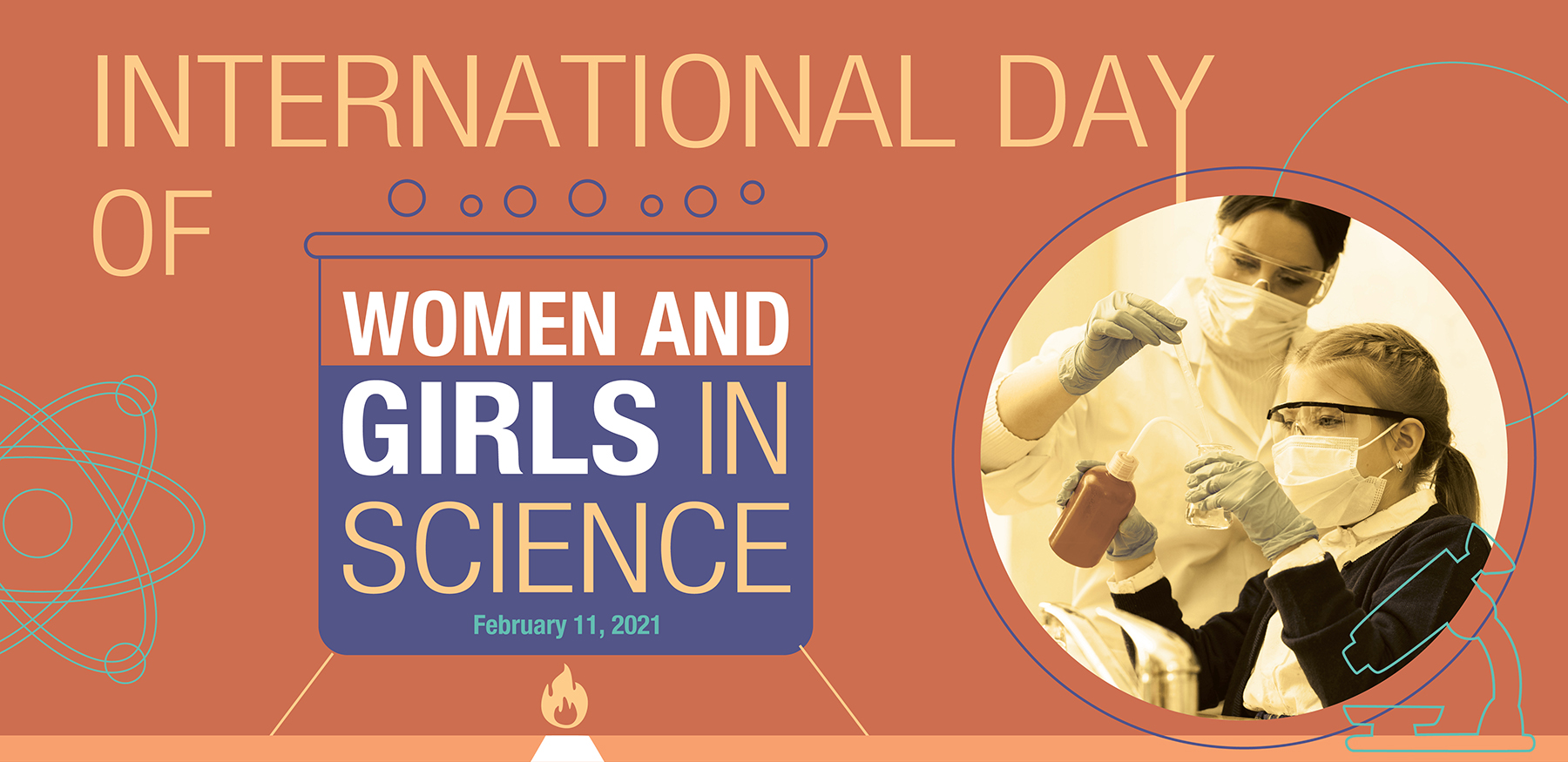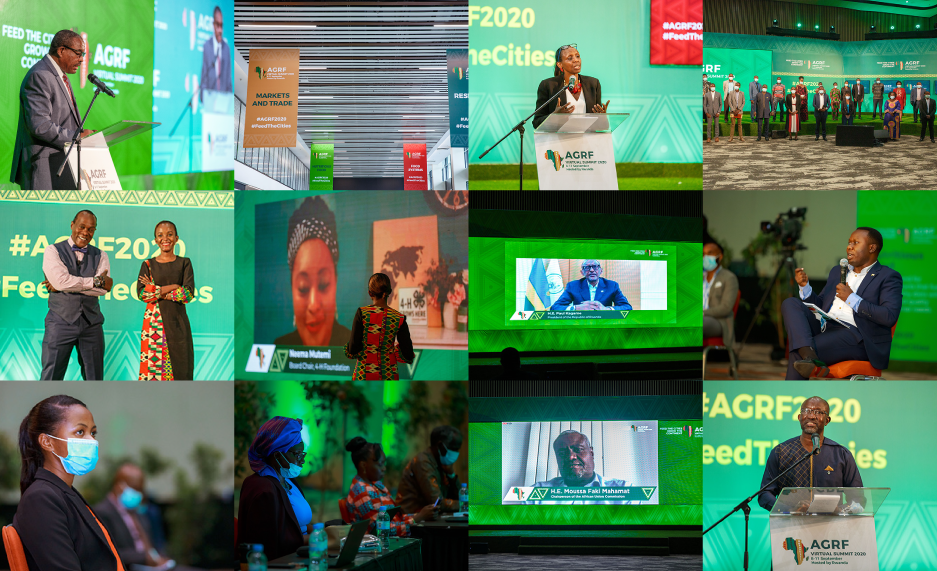From October 31 to November 12, all eyes and cameras turned to Glasgow, where the 26th Conference of the Parties of the United Nations Convention against Climate Change (COP26) took place in a hybrid format. With temperatures rising around the world and extreme weather events becoming increasingly frequent, country leaders and climate experts came together in Scotland to discuss the next steps in the fight against climate change.
Together with other CGIAR Centers, the International Maize and Wheat Improvement Center (CIMMYT) took part in this crucial conversation, drawing attention to the impact of climate change on smallholder agriculture and echoing CGIAR’s call for increased funding for agricultural research and innovation.
Here’s a summary of the events in which CIMMYT researchers and scientists participated.
“Because farmers feed us all: using climate for a resilient food system”
November 6, 2021
Sponsored by the UK Met Office, this event focused on the effects of climate change on the resilience of food systems and how this impact is factored into decision-making. Speakers discussed the real-life application of climate risk information, highlighting the importance of global collaboration and multi-stakeholder partnerships in developing context-specific climate services.
Focusing on CIMMYT’s work in Ethiopia, research associate Yoseph Alemayehu and senior scientist Dave Hodson provided some insights on the wheat rust early warning system. This revolutionary mechanism developed by CIMMYT and partners helps farmers in developing countries predict this disease up to a week in advance.
“COP26 highlighted the vulnerability of different agriculture sectors to climate change, including increased threats from pests and pathogens. From the work in Ethiopia on wheat rust early warning systems, strong partnerships and the application of advanced climate science can play an important role in mitigating some of the effects.” – Dave Hodson
“Developing Climate Resilient Food Systems Pathways: Approaches From Sub-Saharan Africa”
November 8, 2021
Putting an emphasis on participatory governance and community-centered technologies, this event showcased innovative approaches to strengthen the resilience of African food systems, calling for increased investment in the scale-up of climate-smart agriculture practices to meet growing demand.
Joining from Zimbabwe, Christian Thierfelder, Principal Cropping Systems Agronomist gave an overview of CIMMYT’s work in southern Africa, explaining how the introduction of conservation agriculture back in 2004 helped farmers overcome low crop yields and boost their incomes.
“If one thing was made clear at COP26, it is the urgent need for a change in the way we do agriculture. The status quo is not an option and we, as CIMMYT and part of the One CGIAR, will continue to generate the scientific evidence and climate-smart solutions to accelerate this change and address the climate challenges ahead of us, with farmers at the core of our work.” – Christian Thierfelder
“4 per 1000” Initiative Day
November 10, 2021
The “4 per 1000” Initiative, a multi-stakeholder partnership of more than 650 members on food security and climate change, held a day-long hybrid event to explore how healthy soils can help agriculture and forestry adapt to and mitigate climate change.
At the Partner Forum, Bram Govaerts, Director General of CIMMYT, stressed the urgent need to fund soil science to achieve its carbon sequestration potential, reiterating CIMMYT’s commitment to supporting this science with results-oriented actions that scale out sustainable practices and technologies.
“For me, the main take-away of the summit is the growing consensus and understanding that we need to transform agriculture and food systems to achieve global emissions targets on time.” – Bram Govaerts
Cover photo: The action zone and the globe at the Hydro, one of the venues in Glasgow where COP26 took place. (Photo: Karwai Tang/UK Government)

 Gender equality, youth and social inclusion
Gender equality, youth and social inclusion 

